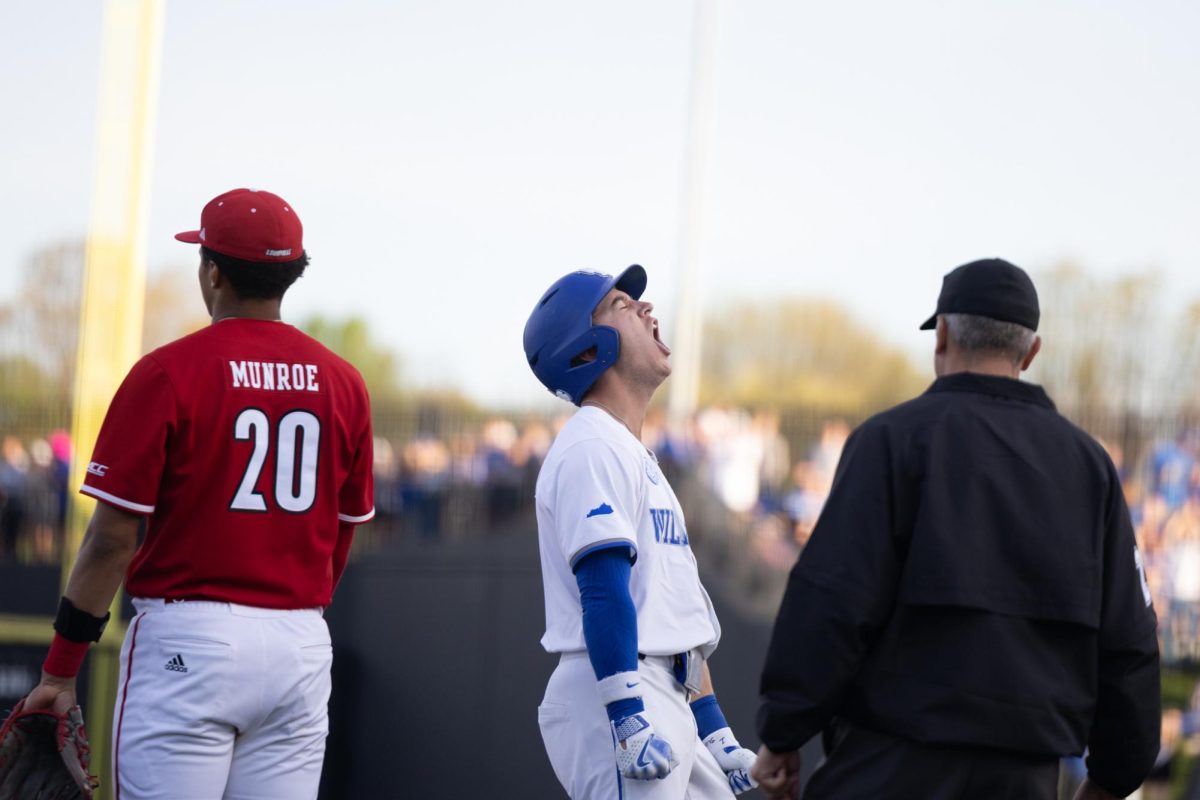Catching each step of a false story
January 31, 2023
Each. Step. Each. Path. Each. Movement. Like a mosquito flying around you on a hot, stressful day. Just imagine yourself being constantly captured like you were prey.
You try to preserve your integrity and privacy but, apparently, you are a product. A sale to the market. A valuable piece for tabloids and newspaper headlines.
A valuable piece for tabloids and newspaper headlines. That, in summary, is the industry of the paparazzi world.
I believe there is a strong correlation between Hollowdyan’s life and the pursuit of the flashes. This relationship is mostly portrayed in movies.
It is seen as a sign of great fame and power in which the person runs to the car and every movement of their entry is beautiful, in slow motion and captured from every angle.
Having a camera everywhere and a security guard in front of you is tempting. The taste of being captured seems sweet looking through such a romanticized point of view.
However, I don’t need to be a big movie star or a big political symbol to understand that the paparazzi industry’s effects on public figures is painful.
The 2022 Netflix documentary, “Harry and Meghan,” about Prince Harry and his wife Meghan Markle makes this even clearer.
In this production, within intimate testimonies, the decadent role of the abuse of the couple’s privacy and that of each individual becomes the prominent character of the first couple episodes.
Harry visibly shows his fear and repudiation of photographers who need to record even his breath. He himself describes the invasive behavior of such people as “harassment,” given what happened to his own mother, Diana, Princess of Wales.
It was on one of her escapes from the paparazzi that she suffered a tragic car accident and lost her life, which, according to her, was also just another media product.
Photography, or photojournalism, is undoubtedly one of the most fundamental platforms for the complete construction of a story.
However, the paparazzi industry is focused on building manipulated narratives through photography. This does a clear disservice.
We all know that gossip sells more than pure journalism. However, to what extent is it worth destroying lives for the satisfaction of a media in search of big returns?
To what extent is it worth capturing every step of a human being and using it as a manipulable product?
To what extent can we create false or incomplete stories just for the sake of social media engagement?
I believe that, today, we are going through an immediate crisis. Theoretically and historically, the role of the paparazzi has always been, through a race and chase, to reach the new and unexpected.
From that point on, the rest of the story just needed to be completed based on assumption and sensationalism—the main elements of such a market.
In the documentary, it is possible to notice how much a poorly told story is capable of causing deaths.
Deaths of privacy, freedom and truth. This is because storytelling is part of human society.
We need to have daily narratives to understand where we are. Sharing stories is as serious as knowing how to vote: in both, there is negligence and fatal consequences.



























































































































































